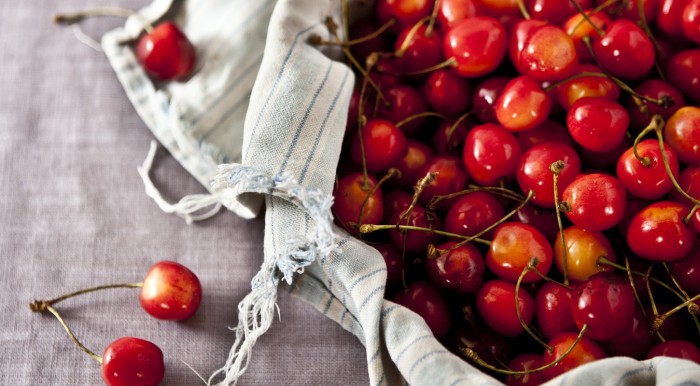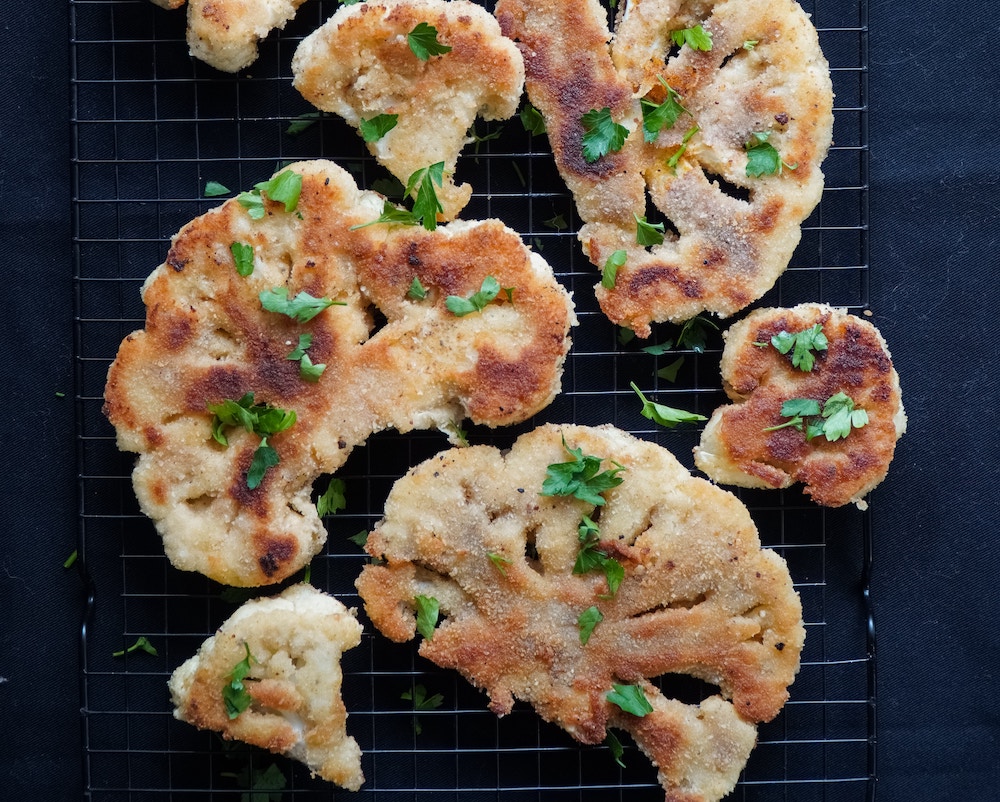I’ve been a vegan for almost four years now. Somedays, it feels like I’ve been a vegan forever. Other days it feels like I’ve only just begun! In some ways, I think both are true because veganism feels so essential to my being, like it was my destiny all along. At the same time, however, I’m still growing into the identity and learning about nutrition and animal welfare as I go.
Many friends have asked me how I maintain a vegan diet. This article will focus strictly on the food part of veganism, even though there’s more to veganism than eating the right kind of food 🙂
Whatever your reason for becoming vegan, you’re about to experience an amazing lifestyle. Veganism has helped me be more in touch with my body and the world around me, feel lighter on my feet (literally and figuratively), and enjoy foods I’d never before imagined.
The decision to become vegan is only one part of a complex journey, however. The following tips will help you maintain a vegan diet that meets your taste and nutritional needs.
1. Embrace transition. Some successfully become vegans overnight, which is awesome. But you don’t have to do this unless it comes naturally to you. Transitioning to a vegan diet over a period of weeks or months may feel better for your body. It will also give you time to make your kitchen into a vegan haven by trading your ranch dressing for homemade vinaigrette and so on. You can institute temporary transition policies along the way. For example, you can eat vegan at home but allow yourself to sample various foods (vegan and non-vegan) at parties until you’re ready to give up animal foods entirely. After a while, I just stopped craving meat and dairy.
2. Don’t let a bite of cheese make you give the whole thing up. If you have become fully vegan but you slip up once, don’t let it get you down. Vegansim will always be there for you to come back to. As raw foodist David Wolfe so eloquently puts it, “Just as the crashing waves caress the beach cliffs every day, every night, relentlessly, and thus shape those cliffs ever so subtly, so too do the foods we eat shape our forms subtly, slowly, and methodically over time.” In other words, don’t let what happened at breakfast cloud your vision of the rest of the day and beyond.
3. Plan ahead. This one is major. Especially when you’re first becoming vegan, it can be helpful to create meal plans. I like to write mine out in my planner, but there are also several apps that can lend a hand. In addition to meal planning, also keep vegan snacks on hand when you go out. You never know when you’re going to end up somewhere without access to hunger-quenching vegan foods. If you’re going out to eat, check out the menu beforehand. If there are no readily available vegan meals, look for ways to get vegan meal without too much customization. For example, can you order a double side salad and a side (like baked potato)? If you’re making food at home, plan to give yourself more time in the kitchen since you may need to make a sauce or “cheese” from scratch. If you are road-tripping through the middle of nowhere (been there done that MANY times), bring a cooler with your own food. Hummus, whole wheat bread, carrot sticks, nut mix, and apples travel well.
4. Eat well. You will likely only stay vegan if you like your vegan food! When cooking from home, make sure your meals are super flavorful (so build your spice rack). Curate your vegan cookbook collection, and take inspiration from vegan chefs and bloggers.
5. Base your meals around whole foods—not meat substitutes. Meat substitutes are great in a pinch, especially when you’re eating out, but you honestly don’t need them to have a rich vegan diet. Generally speaking, whole foods tend to pack more nutrition and flavor and will probably leave you more satisfied in the long run. I’ll make tofu maybe once a month, but other than that, I stick to whole grains, nuts, and piles of veggies.
6. Eat enough. To the outsider, a vegan diet may seem to be about restriction, but it’s really not! Make sure you’re getting enough food to feel full and happy. Depending on the meal, the necessary portion size may be bigger than what you’re used to. For example, a kale salad sprinkled with quinoa and other veggies is not as calorie dense as a cheeseburger, so you may need a big ol’ plate of it. Just be sure to chew well because the fiber in whole foods can make you feel bloated if it’s not adequately processed in the mouth.
7. Side-step the naysayers. Once people know you’re a vegan, they may have something to say about it. Although most of my friends have expressed interest in eating healthier foods and end up asking me for tips, that not always the case. In some cases, it can feel like another person is policing your body and your choices, and that’s not cool. You owe no one an explanation. For real. But sometimes social code dictates otherwise, and you may feel better if you have a response ready. Because I am non-confrontational, I prefer to say something like, “This is just what works for me” or “This is something I’ve always wanted to try.” By making it about you, it won’t seem like your veganism is inherently a judgment of other people’s diets. Only get into the politics and health stats if you feel like it. In other cases, people may express genuine concern—are you getting enough calcium/protein? Do you have any red blood cells left?! (Just kidding about that one). In this case, it’s perfectly okay to say, “Yes, Grandma, I’m getting plenty of calcium from all of the sesame tahini and dark leafy greens I enjoy.”
8. Remember that it gets easier with time. Because it does. Hang in there.
9. Remember that a vegan diet is an anti-boredom diet! Although you may feel like you’re on a lonely island at a traditional BBQ (unless you planned ahead and brought a veggie burger, which of course, you did!), the Standard American Diet is just one of many cuisines around the world. I’ve found that general American restaurants have the hardest menus to navigate (so much chicken and cheese!), but I usually have a much easier time at restaurants that serve Thai, Japanese, Korean, Greek, Ethiopian, Chinese, Spanish, or Indian (sometimes). Branch out and explore vastly different cuisines with their own special flavor combinations.
10. Have fun! Indulge in vegan treats from time to time. Like I said, a vegan diet is not about restriction. Learn to whip up a quick vegan sweet. We’ve got several ideas here!
Also see: How to Round Out Your Meals with Vegan Side Dishes
6 Tricks to Being Vegan on a Budget
How I Accidentally Became Vegan and Lost 70 lbs
Photo: Neha Deshmukh via Unsplash





